Rising Healthcare Expenditure
The upward trend in healthcare expenditure in Germany is a notable driver for the spinal cord-compression-spinal-stenosis market. As the government and private sectors allocate more funds towards healthcare, there is a corresponding increase in spending on spinal health treatments and technologies. Recent reports indicate that healthcare spending in Germany is projected to reach approximately €500 billion by 2025, with a significant portion directed towards surgical interventions and rehabilitation services for spinal disorders. This increase in expenditure is likely to enhance the availability of advanced treatment options, thereby attracting more patients to seek care for spinal stenosis. Consequently, the spinal cord-compression-spinal-stenosis market is expected to benefit from this growing financial commitment to healthcare.
Increased Awareness and Diagnosis
There is a growing awareness regarding spinal health among the German population, which is positively influencing the spinal cord-compression-spinal-stenosis market. Enhanced education about spinal disorders has led to earlier diagnosis and treatment, which is crucial for effective management. Medical professionals are increasingly recognizing the symptoms associated with spinal stenosis, resulting in a higher rate of referrals for diagnostic imaging and subsequent treatment options. This trend is supported by the fact that diagnostic imaging procedures, such as MRI and CT scans, have become more accessible and affordable. As awareness continues to rise, it is anticipated that more individuals will seek medical attention for spinal issues, thereby propelling the demand for interventions in the spinal cord-compression-spinal-stenosis market.
Government Initiatives and Funding
Government initiatives aimed at improving healthcare infrastructure and funding for spinal health are crucial drivers for the spinal cord-compression-spinal-stenosis market. In Germany, the government has implemented various programs to enhance access to healthcare services, particularly for aging populations. Increased funding for research and development in spinal health technologies is also evident, with public health budgets allocating significant resources to address spinal disorders. This financial support is likely to foster innovation and improve treatment options available in the market. Furthermore, public health campaigns aimed at educating citizens about spinal health may lead to increased demand for services related to spinal cord compression and stenosis, thereby positively influencing market growth.
Advancements in Surgical Techniques
Innovations in surgical techniques are significantly impacting the spinal cord-compression-spinal-stenosis market in Germany. Minimally invasive procedures, such as endoscopic spine surgery, are gaining traction due to their reduced recovery times and lower complication rates compared to traditional open surgeries. These advancements not only enhance patient outcomes but also increase the number of procedures performed annually. For instance, the adoption of robotic-assisted surgeries has shown promising results, leading to a potential increase in surgical volumes by up to 30% in specialized centers. As healthcare facilities invest in advanced surgical technologies, the spinal cord-compression-spinal-stenosis market is likely to experience substantial growth, driven by the demand for safer and more effective treatment options.
Rising Incidence of Spinal Disorders
The increasing prevalence of spinal disorders in Germany is a critical driver for the spinal cord-compression-spinal-stenosis market. As the population ages, the incidence of conditions such as spinal stenosis and other degenerative diseases rises. Recent data indicates that approximately 20% of adults over 65 experience some form of spinal disorder, leading to a heightened demand for effective treatment options. This trend is likely to continue, as the aging demographic is projected to grow significantly in the coming years. Consequently, healthcare providers are focusing on innovative solutions to address these conditions, thereby stimulating growth in the spinal cord-compression-spinal-stenosis market. The need for surgical interventions and non-invasive therapies is expected to increase, further driving market expansion.


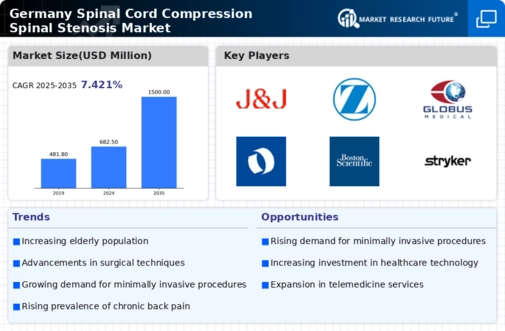
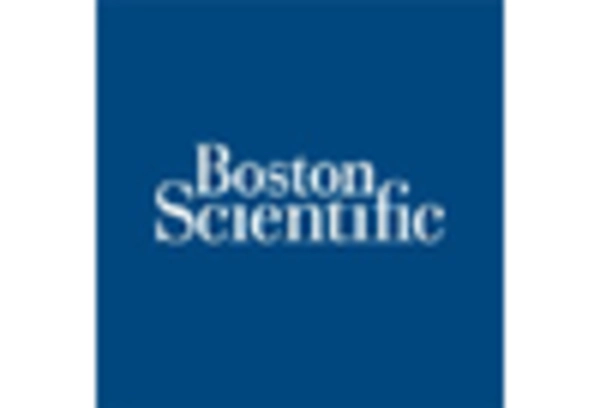
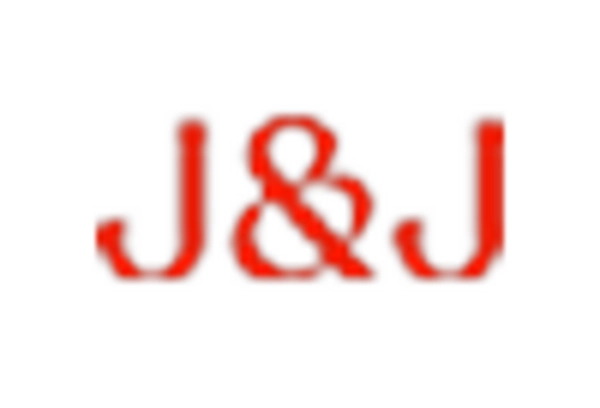
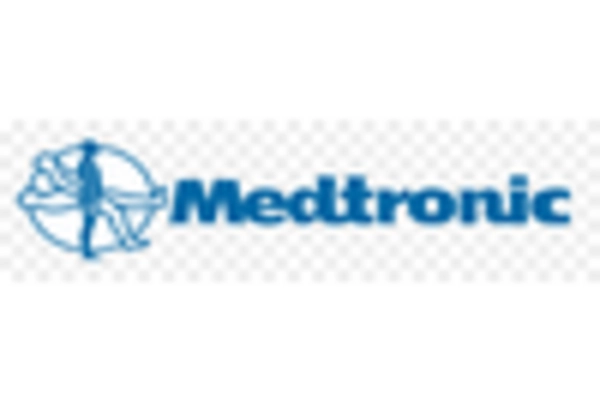
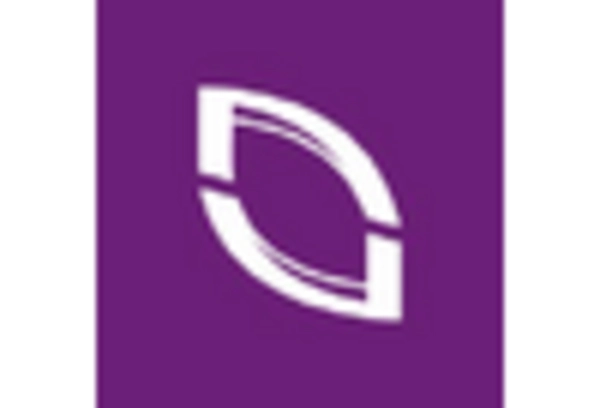
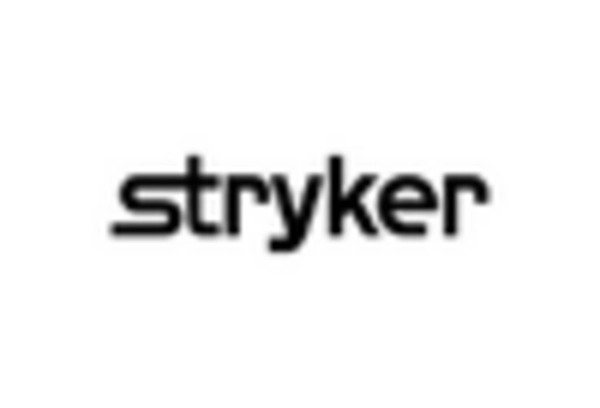
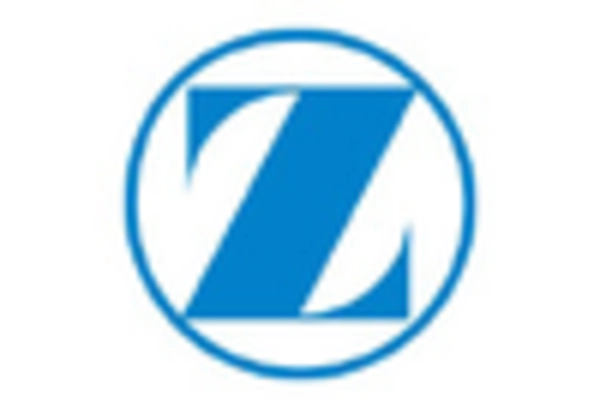








Leave a Comment